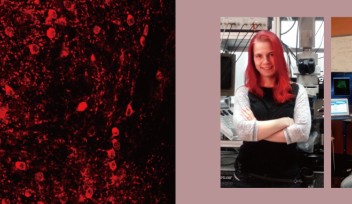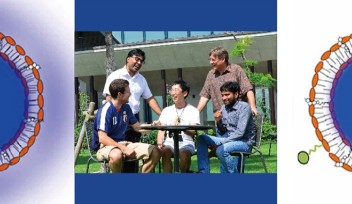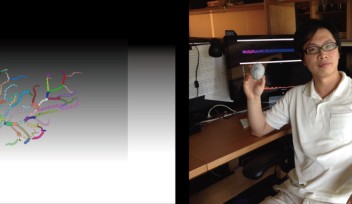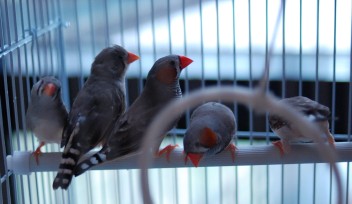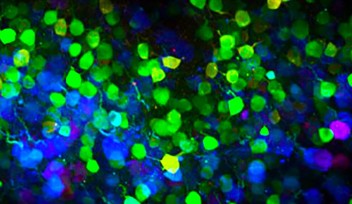Social connection drives learning in bird brain
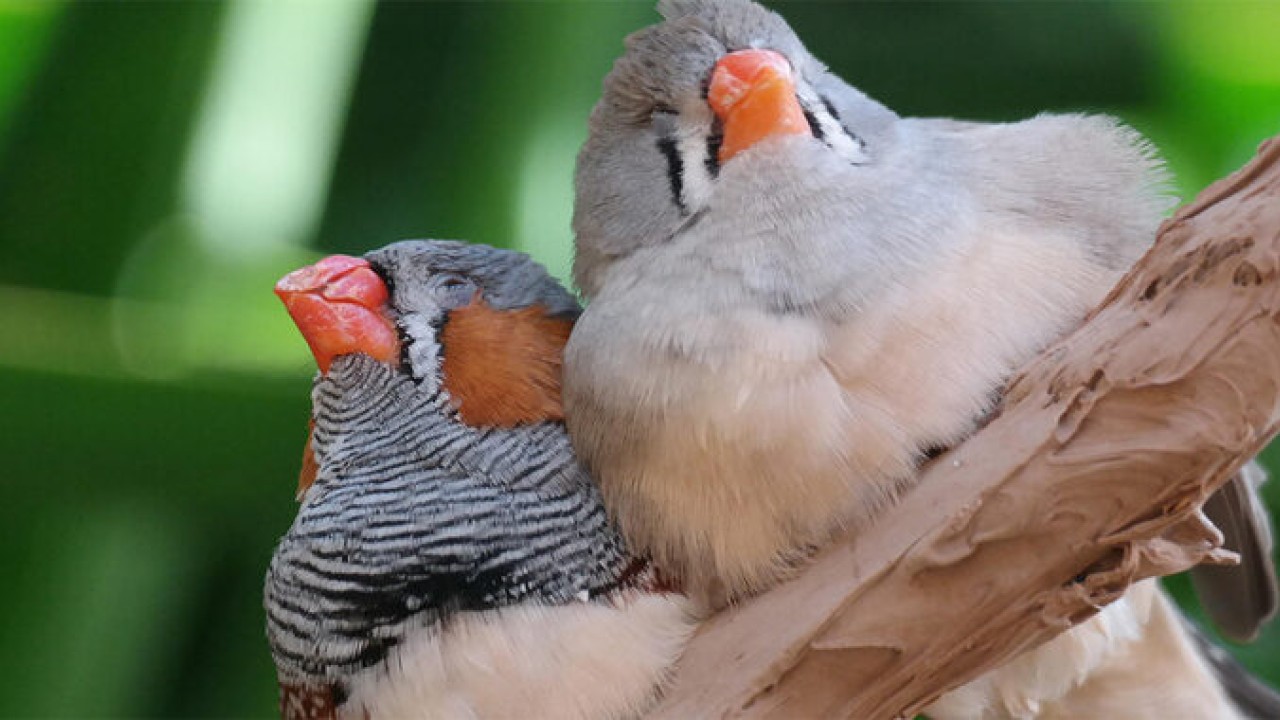
In learning to communicate, a good teacher is essential. Take zebra finches, for example. Juveniles of the species learn songs directly from a tutor – usually their father – through a social interaction that keeps them motivated and on-task. Young birds who simply hear the songs through a speaker, without the tutor’s one-on-one instruction, don’t learn them nearly as well.
How exactly this social component of song learning works has long been a mystery. But now, researchers at the Okinawa Institute of Science and Technology (OIST) have identified the brain circuitry that controls it. They reported their findings in Nature Communications.
“This study is the first demonstration of the neural circuitry that is telling these animals what incoming information they need to pay attention to,” says Yoko Yazaki-Sugiyama, associate professor of OIST’s Neural Mechanisms for Critical Period Unit, who led the research.
In the wild, zebra finches are surrounded by many sounds, including the songs of other kinds of birds, says Dr. Yazaki-Sugiyama. “This circuit is activated to signal that this song, coming from the tutor, is important and has to be memorized,” she says.
About 20 years ago, scientists studying human babies observed that they, too, need a personal guide to learn to recognize the phonemes in language. Those scientists speculated that the social interaction engaged the learners’ attention. “That is pretty logical – if we are attentive, we are learning better,” says Dr. Jelena Katic, a postdoc in Neural Mechanisms for Critical Period Unit and the study’s first author. “We wanted to understand, is the same true for juvenile birds?”
The researchers focused on a brain area called the locus coeruleus (LC), which is known to be involved in attention and arousal. Neurons from this brain area project to a higher order auditory region in the brain called the caudomedial nidopallium (NCM). Previous work in their lab suggested that this is where a juvenile’s memories of a tutor’s song are formed in zebra finches.
“We hypothesized that this LC-NCM circuit might be important, but nobody had ever looked at it in juveniles,” Dr. Katic says.
Over a few days, the researchers recorded brain activity in these two areas under different conditions: first, while the juvenile, who had never heard a tutor’s song before, listened to it through a speaker; next, while the juvenile interacted with the tutor as he sang it; and finally, while once again listening to the tutor’s song through the speaker.

Both brain regions responded more strongly when the tutor sang than when the youngsters heard the recording beforehand. Interestingly, hearing the tutor singing also enhance the juvenile’s response to the recording afterwards. The firing of the NCM neurons was time-locked to specific syllables of the tutor’s song, suggesting these neurons were registering the auditory information. But LC neurons were active constantly while the tutor sang, suggesting they were responding to vocal communication itself more than the specific notes he emitted.

And if the researchers inactivated the neurons projecting from the LC to the NCM when the tutor sang with social interaction, the juveniles were unable to accurately copy his song.
“Imagine that the NCM neurons are receiving multiple inputs from different regions of the brain, including some from auditory areas that convey the notes and prosodic patterns of the song,” says Katic. “But LC is conveying another type of information – the social context identifying that the song is important,” Dr. Katic says.
The researchers don’t yet know what cues juveniles use to capture this social context. But they speculate that this circuit may be especially important early in development, when a juvenile is forming its memories of songs. “If the memories are poorly formed, the bird is not going to be successful in vocally copying them later,” she says.
The scientists are continuing to investigate how this social learning circuit functions – for example, what chemicals it uses and what kind of information the LC neurons capture to gauge the importance of what a zebra finch hears. They are also exploring what kinds of cues the juveniles emit that might encourage the tutor to teach them. “This exchange between the juvenile and the tutor is two-directional,” says Prof. Yazaki-Sugiyama.
Written by: Alla Katsnelson
Article Information
Specialty
Research Unit
For press enquiries:
Press Inquiry Form










